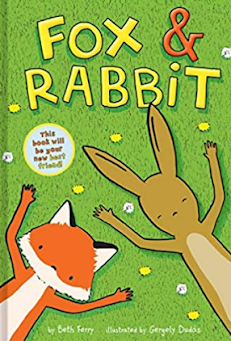Diversity in Publishing
A fitting start to a class on children's book is the overview of how they are published and the differing aspects of the books. From Cover to Cover by Horning (2010) describes in detail many of the finer points. An extremely salient point is how the authors often have no relationship with the illustrators or the designer, such as those that choose the fonts. In the world of children and picture books, this is a mind blowing concept. After all, much of the book is wrapped up in the pictures. What a feeling to give up that much creative control!
This brings to point the lack of diversity in children's books characters. In her 1965 article "The All White World of Children's Books," Nancy Larrick writes that "Integration may be the law of the land, but most of the books children see are all white." It has been known and acknowledged for some time now that representation is important, but unfortunately, there still remains a surprising lack of diversity within children books in the racial and cultural representation of the humans. As Walter Dean Myers writes in "Where are all the people of color in children's books," it is important to humanize all people. "I need to make [poor inner city children] feel as though they are part of the American dream, that the rhetoric is meant for them."
As we learned this week, editors simply cannot give the ideas to the authors to create the books. They must wait for the ideas to come and the authors to create. However, with children's picture books, the editor may have more creative influence with the illustrator, bringing these issues of diversity to light. As the calls for more diversity in children's books become louder and more noticed, this can become an important aspect as books are reviewed and evaluated. A book that shows diversity in characters is increasingly important in our multi-cultural society, and joy in our differences can help a book rise to the top of a reading list.

Comments
Post a Comment